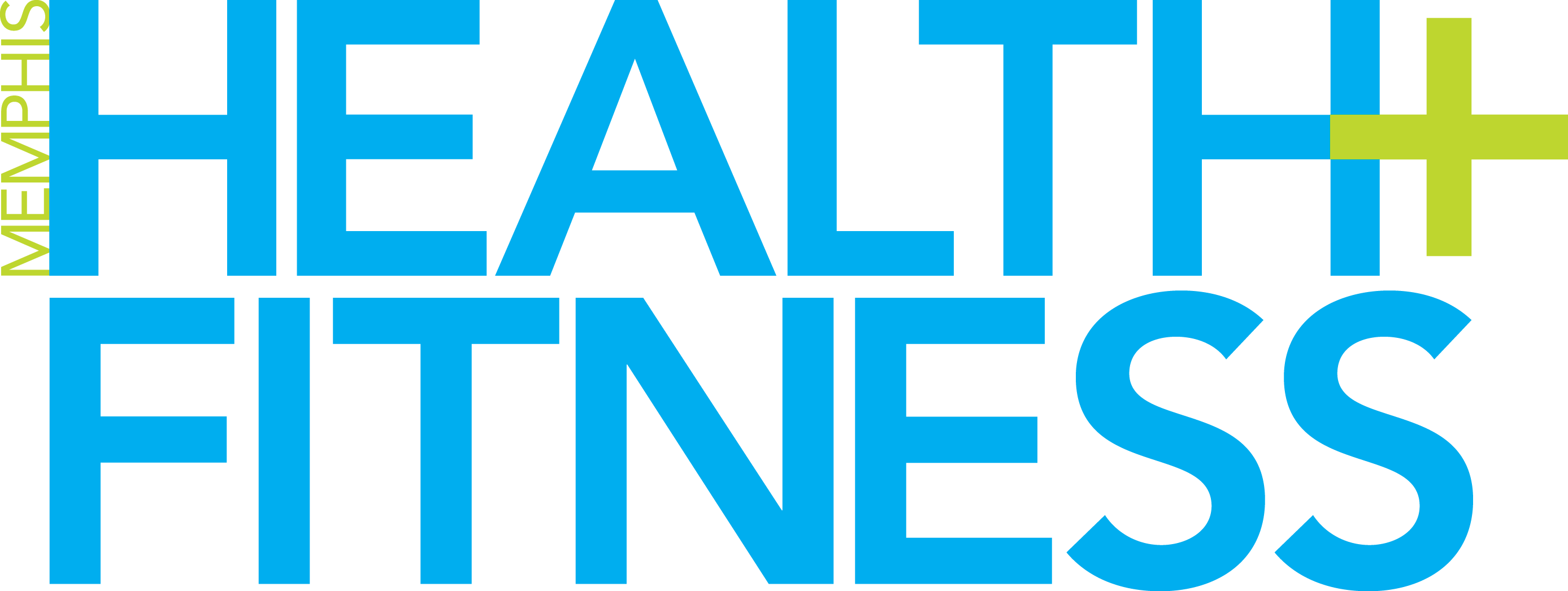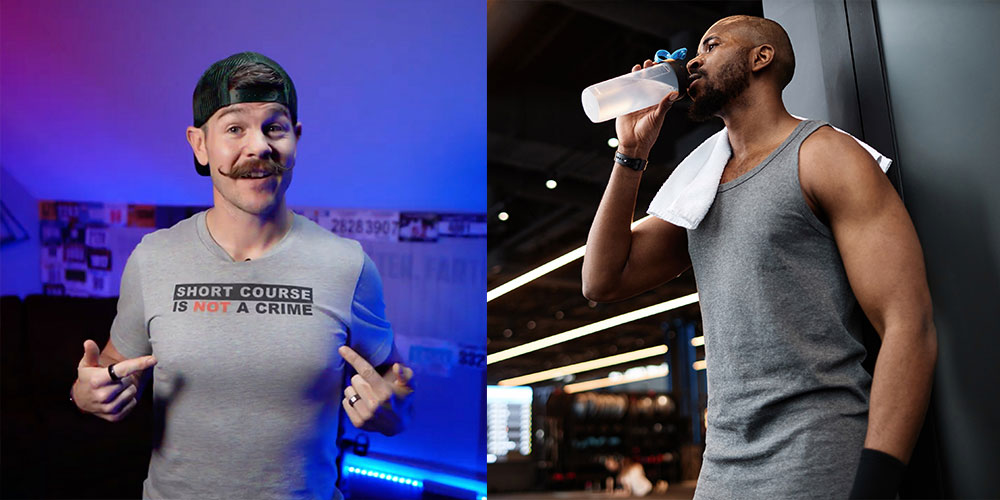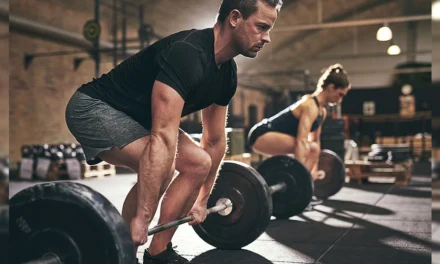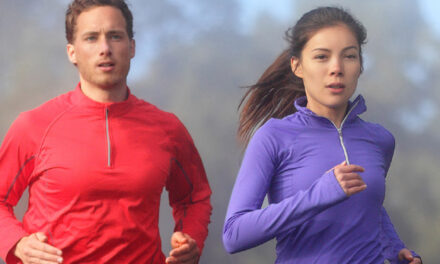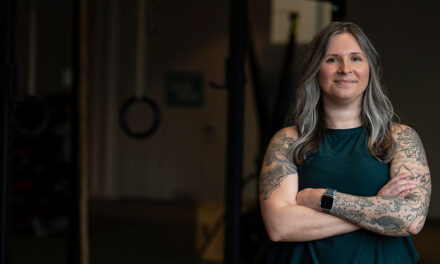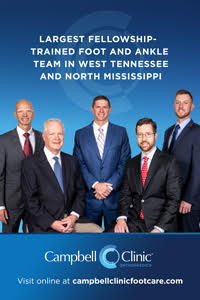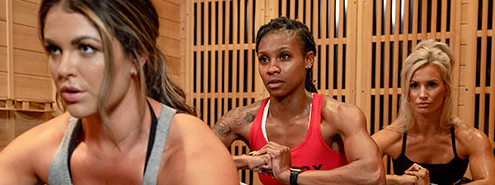By Dale Sanford, Performance Coach
Years ago, during my first half ironman triathlon, my forearms began to lock up early in the run. Post-race, I experienced full-body cramps, sparking an eight-year struggle with hydration. This often led to getting to know the docs in the med tent and, on one bad occasion, to an ER for several bags of fluid. Determined to find a solution, I dove into the science of hydration. What I discovered changed my life and now the lives of hundreds of other athletes. If you’ve struggled with cramping, dizziness, sudden fatigue, drops in blood pressure, or other dehydration-related issues, here’s how to manage the two major levers of performance hydration:
SODIUM — THE KING ELECTROLYTE
Sodium is the first lever of hydration. Although it often gets a bad reputation, sodium is crucial as the main electrolyte in your extracellular fluid, particularly blood. It helps carry electrical impulses to muscles, aids digestion, and more. Your body prioritizes maintaining sodium concentration within a tight range. Since sweating depletes sodium, it needs to be replenished. Everyone’s sweat sodium concentration varies due to genetics, with differences up to 10 times between individuals. At BPC Performance, Inc., we test athletes all over the Midsouth and have found sweat sodium concentrations ranging from 400 to 2200 milligrams per 32 ounces of sweat. I need around 1500 milligrams per 32 ounces, and adjusting my intake accordingly has resolved my hydration issues almost indefinitely. If I do have an issue these days, it’s generally due to a mental error.
While other electrolytes like potassium, magnesium, and calcium are important, they are lost at much lower rates during exercise. Therefore, low-sodium sports drinks or those high in potassium alone are likely insufficient. The average athlete loses just under 1000 milligrams of sodium per 32 ounces of sweat, which makes that a good benchmark for the relative sodium concentration of your sports drink. For comparison, Gatorade offers about 500 milligrams per 32 ounces. Nowadays, many sodium-rich hydration options are available. Our favorite is Precision Fuel and Hydration, but other effective brands include LMNT, NeverSecond, Tailwind, and Skratch. Pro Tip: Drink 16-32 ounces of a high-sodium drink right before a particularly hot or intense workout to top off your electrolyte stores.
SWEAT RATE — THE FLUID LEVER
The second lever of hydration is fluid intake. Determine your fluid needs by weighing yourself before and after a one-hour workout, ideally in your birthday suit. Do this often to get a feel for your losses in different conditions. If you drink fluids during exercise, weigh before and after holding your bottles to account for the fluid consumption. Every 32 ounces is roughly equivalent to two pounds. For example, losing two pounds in an hour indicates a sweat rate of 32 ounces per hour. Super sweaty athletes can have sweat rates up to 100 ounces (six pounds) per hour! Lucky me. It’s worth noting that shorter sessions (under an hour) have more room for error, but longer durations multiply any deficits. So you don’t have to smash high-sodium drinks if you’re just going out for a stroll.
Once you have an idea of your need, start by drinking to thirst. If you are not consuming at least one bottle (20-32 ounces) an hour in warmer temps, make that an initial goal. If fluid loss exceeds feasible intake (average max is about 32 ounces per hour), increase the sodium concentration of your fluids and work on training your gut to handle more total intake. Our sweatiest athletes can consume up to 64 ounces per hour without stomach issues. Pro tip: If you need more fluid, use larger bottles or a hydration pack on your long sessions. The more you have, the more you’ll consume!
Ultimately, your body handles fluid loss better than sodium loss, so you don’t have to hit the bullseye. Once you know what’s going out, aim to get as close to your losses as possible. Then, adjust your electrolyte and fluid intake based on how you feel towards the end of your workout or race, and you’ll have your hydration strategy dialed in no time.
Dale Sanford is the co-founder of BPC Performance, Inc. and has been coaching endurance athletes worldwide since 2009. You can catch up with Dale @bpcperformance on IG, visit buildpeakcompete.com, or listen to the Coaches on Couches Podcast.
